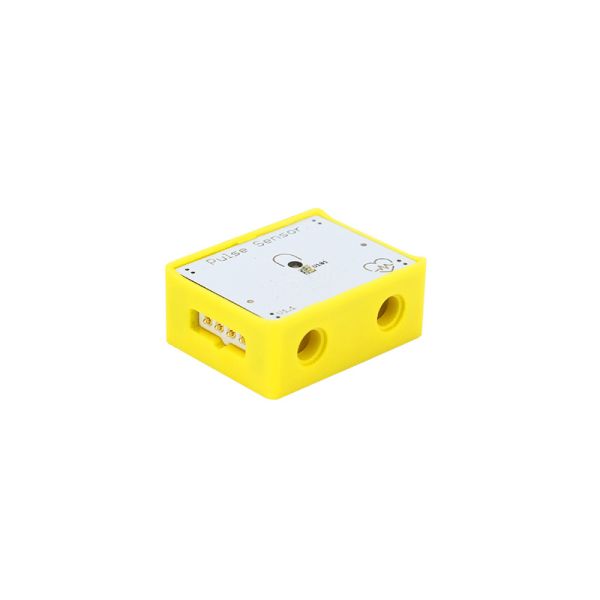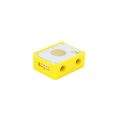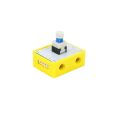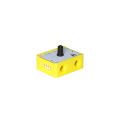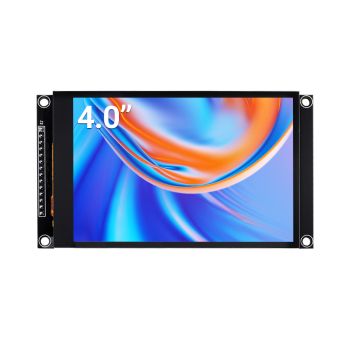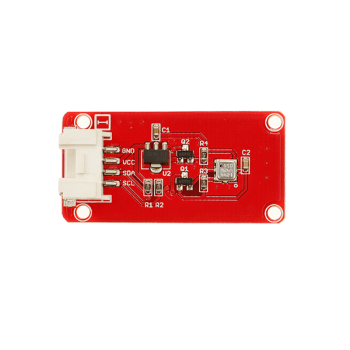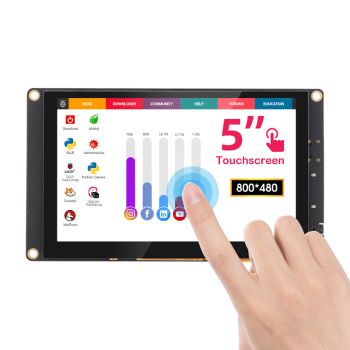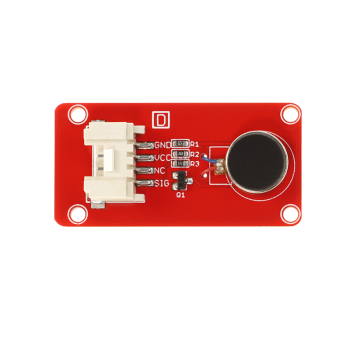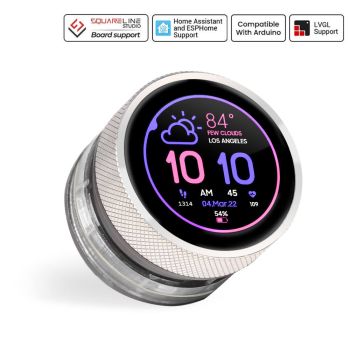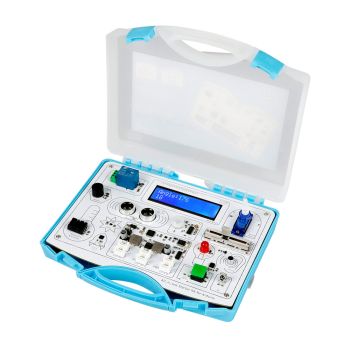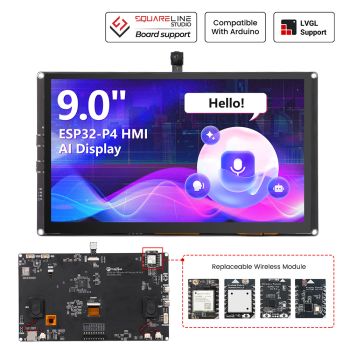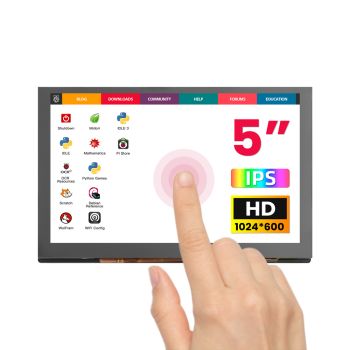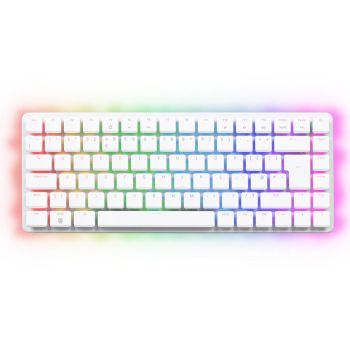Crowbits-Pulse Sensor

What is Crowbits-Pulse Sensor?
The pulse sensor is used to measure a person's heart rate. Pulse refers to arterial pulsation, and the pulse sensor is used to detect the pressure change generated during arterial pulsation and convert it into an electrical signal that can be more intuitively observed and detected.
How does it work?
The pulse sensor has two kinds of analog output and digital output according to the output mode. According to the way of collecting signals, it can be divided into three types: piezoelectric, piezoresistive, and photoelectric. The piezoelectricity type and piezoelectricity type convert the pulse pulsating pressure process into the signal output through the micro-pressure type material (piezoelectric piece, electric bridge, etc.). The photoelectric pulse sensor converts the change of light transmittance of blood vessels in the pulse beating process into signal output by means of reflection or counter injection.
How to use it?
Connect the module to the UNO main board, download the corresponding test program, clamp the pulse sensor on your earlobe or fingertip, and then you can read the heart rate! You can use the sample code for Arduino and a Processing sketch for visualizing heart rate data.
Specification
- Interface Type: Analog input
- Operating Voltage: 3.3V DC
- Dimensions: 31.5(L)*24.5(W)*13(H)mm

